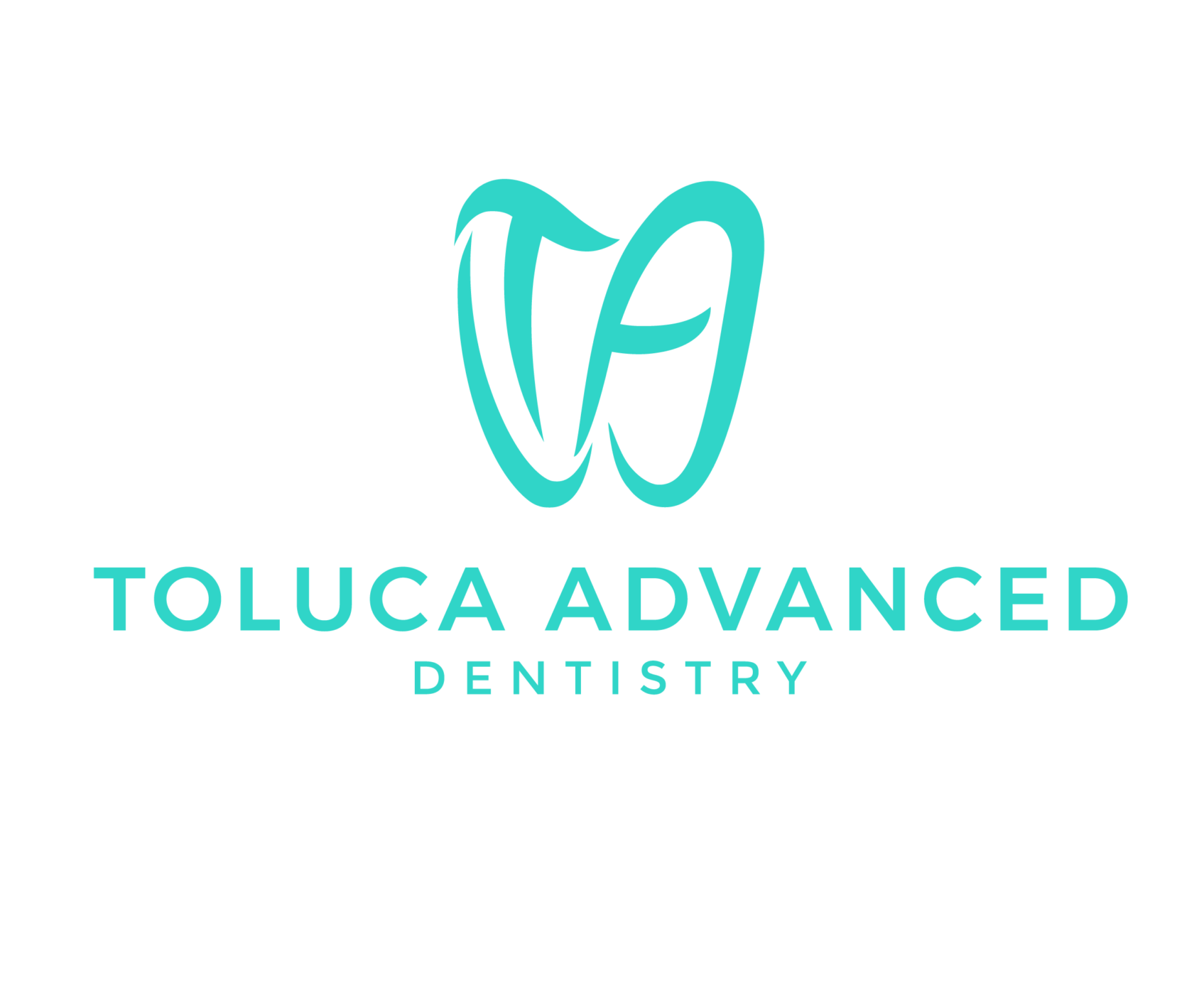The tooth is made up of three different components as follows:
• Water
• Organic materials
• Inorganic materials
Different parts of the teeth:
Tooth root: The part of the tooth that is located in the jawbone. Certain types of teeth have 1, 2, or 3 roots. The roots of the teeth can be separated or fused together.
Tooth crown: It is the part of a tooth that is located above the gum line and can be seen inside the mouth when viewed. In addition, the crown is a part of the tooth that is covered with enamel.
The neck of the tooth: The part of the tooth where the roots and crown of the teeth meet. This part is located in the gum line area.
Enamel: It is the white tissue and calcite of the tooth that covers the crown of the tooth. This part of the tooth is the hardest tissue in the human body. The level of minerals in tooth enamel is higher than all other parts of the body.
Dentin: A calcite tissue that is harder than bone but has lower mineral levels than tooth enamel. Most of the hard internal structure of teeth is made of dentin.
Cementum: A thin layer of calcite tissue that covers the root surface of the tooth. The fibers of the ligament around the tooth are located in this layer.
Tooth pulp: The soft tissue of the tooth that is located in the stem between each tooth. This area is made up of blood vessels, nerve fibers, and connective tissue. This area is often referred to simply as the nerve root.
Bone cavity: This area of the jawbone surrounds the root of the tooth and holds the tooth in place. This part of the jaw is the area where the tooth cavities are located.
Gums: The skin tissue that surrounds the teeth also covers the surface of the jawbone. In specialized terms, gingival tissue is called gingiva.
Periodontal ligament: This tissue covers the space between the root of a tooth and the surrounding bone. This ligament holds the tooth firmly in its cavity.
Pulp stem: The hollow space located in the center of the dentin is a tooth that is filled with tooth pulp tissue.
Stages of tooth development
Types of teeth are classified into two general categories:
Baby teeth (primary)
The first set of teeth in the mouth is made up of deciduous or primary teeth that begin to grow in the womb at about 14 months before birth, and this process is completed by the age of 3 years after birth. In this case, in the absence of genetic problems, dental disease, or injury, the first baby teeth will be seen in the baby’s mouth around the age of six months, and the last baby teeth will appear when the baby is 24 to 32 months old.
Baby teeth remain in a baby’s mouth until they are about 6 years old, during which time they can decay or be damaged if not cared for properly. It is at this time that the first permanent teeth in the baby’s mouth begin to grow. In this way, the process of permanent tooth development begins during a period called the hybrid period or the transition period, during which both baby teeth and permanent teeth are present in the baby’s mouth. The characteristics of deciduous teeth are as follows:
Baby teeth are made up of 20 teeth.
The process of developing baby teeth begins in the first trimester of pregnancy.
The growth of these teeth in the mouth begins when the child reaches the age of 6 months.
The process of developing baby teeth is completed when the child reaches the age of 3 years.
Permanent teeth (secondary)
The transition period from deciduous teeth to permanent teeth begins with the growth of the first mill teeth, the loss of the anterior teeth, and the growth of the permanent anterior teeth. The combined period of tooth development is usually a difficult time for the child, because at this time the child has certain habits, some of his teeth are not in the mouth, the teeth have different appearances and colors, and the child may have crowded teeth or improper position in the mouth.
The transition period lasts from the age of 6 to 12 and is complete when all deciduous or primary teeth are removed and replaced with permanent teeth. By the age of 14 to 15, permanent canines, small molars, as well as large molars (and their roots in the mouth) are complete, and only the third large molars do not grow at this time, growing by the age of 18.
It will be completed by the age of 25. The characteristics of permanent teeth are as follows:
The number of permanent teeth in most cases is 32.
The growth of these teeth begins when the child reaches the age of 6 years.
The growth process of most permanent teeth is completed by the age of 12.


